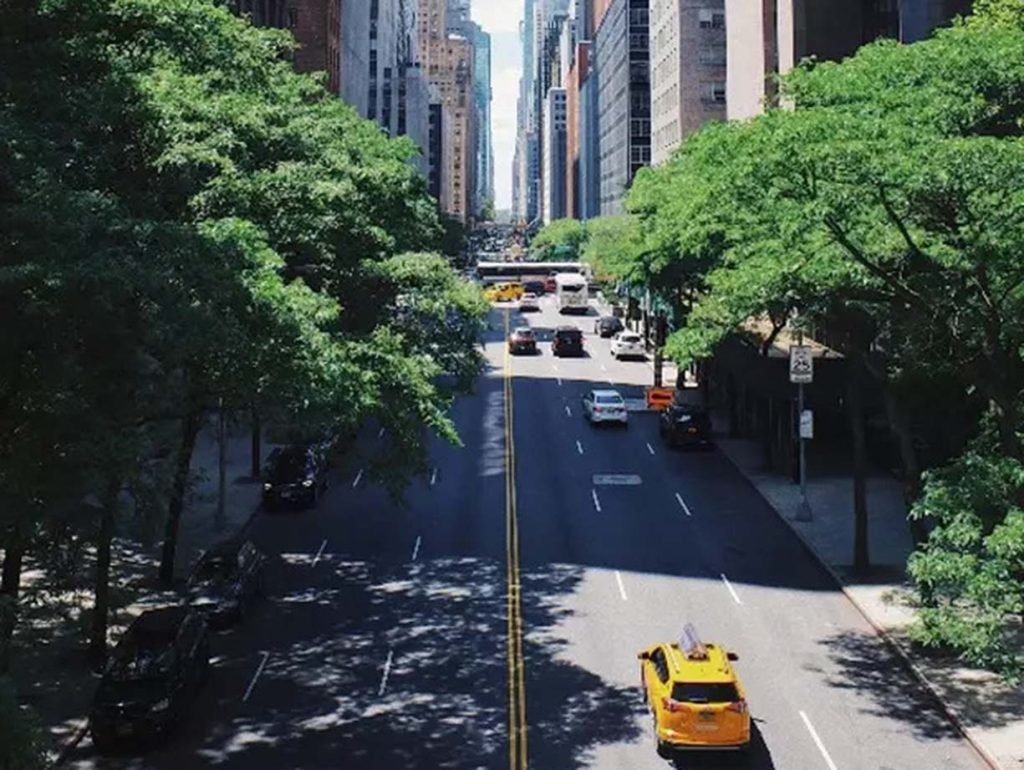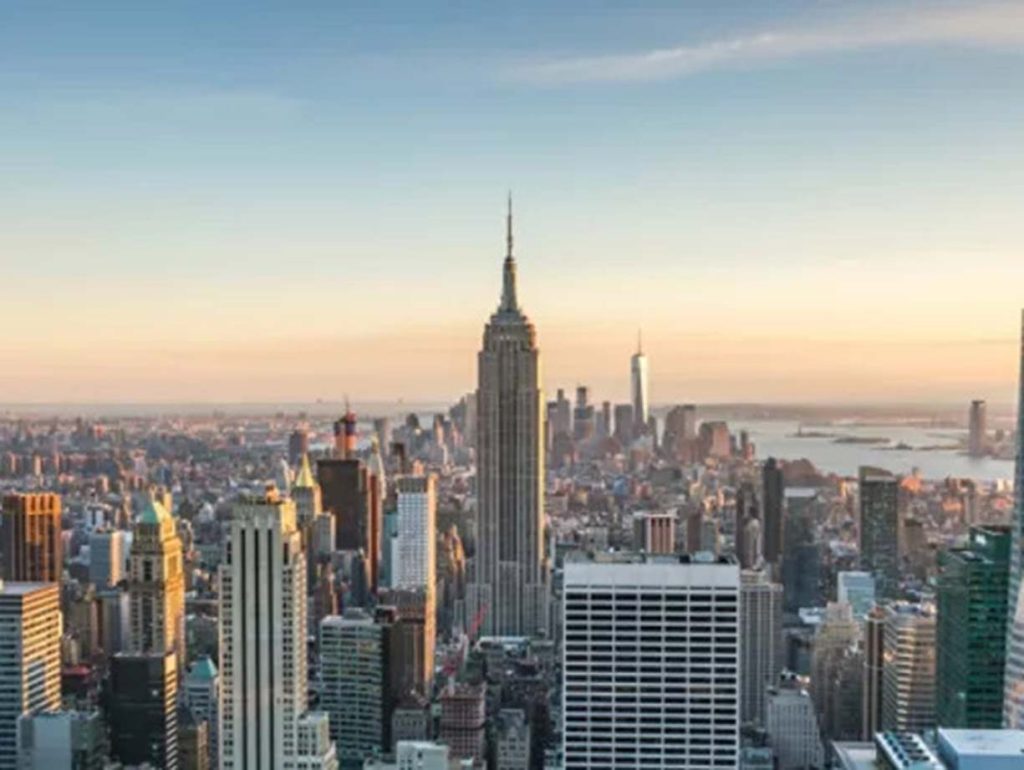I understand the importance of a reliable and efficient transportation system in navigating a bustling city like New York. During my recent visit, I delved into the intricacies of the city’s subway and bus network. Here’s a detailed overview, along with my personal insights:
Services and Coverage:
The Metropolitan Transportation Authority (MTA) in New York City is renowned for operating one of the most extensive and intricate public transportation systems in the world. Its subway and bus network spans all five boroughs of the city, providing an indispensable lifeline for millions of residents and visitors alike.
At the heart of this vast network lies the subway system, a labyrinth of numbered and lettered lines that crisscross beneath the bustling streets of New York. This subway system acts as the lifeblood of the city’s transportation, offering unparalleled access to a myriad of attractions, neighborhoods, and cultural hubs. Whether one is heading to the iconic Times Square, the serene Central Park, or the trendy neighborhoods of Brooklyn, the subway provides a convenient and efficient mode of transportation.
While the subway forms the backbone of New York’s transit system, buses play a crucial role in complementing its reach. Buses extend the coverage to areas that may not be as easily accessible by train, ensuring that every nook and cranny of the city is within reach. They provide an essential service for neighborhoods where subway lines may not have direct access.
This integrated network of subways and buses is a testament to the city’s commitment to providing accessible and reliable transportation options for its diverse population. It is a prime example of urban planning and engineering, designed to facilitate the movement of millions of people daily.
For both residents and tourists, understanding and utilizing this intricate web of transportation is key to fully experiencing all that New York has to offer. The subway and bus system not only efficiently connect various parts of the city but also serve as a microcosm of New York’s vibrant and diverse population, where people from all walks of life converge on a shared journey through the urban landscape.
Advantages:

- Extensive Network: The subway system in New York City is renowned for its extensive coverage, reaching virtually every corner of the city. With hundreds of stations spread across the five boroughs, it provides unparalleled access to a wide array of major attractions, cultural landmarks, and diverse neighborhoods. This comprehensive network ensures that residents and visitors alike can easily navigate the city, regardless of their destination. From the iconic landmarks of Manhattan to the vibrant communities of Brooklyn, the subway system serves as a vital link connecting the diverse tapestry of New York.
- Frequent Service: One of the key advantages of the subway and bus system is the high frequency of service. Trains and buses operate at regular intervals, often with wait times of just a few minutes during peak hours. This level of service ensures that commuters and travelers can rely on timely transportation, minimizing delays and allowing for efficient travel throughout the city. Whether it’s a rush-hour commute or a leisurely exploration of the city’s neighborhoods, the dependable frequency of service contributes to a seamless and hassle-free experience.
- Cost-Effectiveness: Using the subway and buses in New York City is notably more budget-friendly compared to private transportation options such as taxis or rideshares. With a single fare providing access to an extensive network, it offers an economical means of getting around the city. For residents and visitors looking to explore on a budget, opting for public transit can result in significant savings over time. This cost-effectiveness is especially appealing for travelers aiming to make the most of their New York experience without overspending on transportation.
Disadvantages:
- Crowded During Peak Hours: During rush hours, typically in the morning and evening, the subway system experiences a surge in ridership. This leads to an increased volume of passengers on trains and platforms, resulting in a crowded environment. Commuters may find themselves standing in close quarters, and securing a seat can be challenging. While this is a testament to the popularity and efficiency of the system, it can also make for a less comfortable commute, especially for those who prefer a more spacious and relaxed journey.
- Occasional Delays: Despite the Metropolitan Transportation Authority’s (MTA) best efforts to maintain a punctual schedule, unforeseen circumstances can lead to service disruptions or delays. These factors may include mechanical issues, track maintenance, signal problems, or even unforeseen events like weather-related incidents. While such delays are not a daily occurrence, they can occur sporadically, potentially impacting a commuter’s travel plans. It’s worth noting that the MTA makes efforts to communicate and address these delays promptly, often providing alternative routes or transportation options to minimize inconvenience.
Understanding these potential drawbacks allows commuters and travelers to plan their journeys more effectively. During peak hours, individuals may choose to adjust their travel times to avoid the heaviest congestion. Additionally, staying informed about service updates through official MTA channels can help mitigate any inconvenience caused by occasional delays. Despite these occasional challenges, the benefits of using New York City’s subway and bus system far outweigh these minor inconveniences, making it an indispensable mode of transportation for millions of people daily.
Specific Locations:
The subway stations and bus stops are strategically distributed throughout the city. Grand Central Terminal and Penn Station serve as major transportation hubs, providing connections to various subway lines and commuter rail services.
Routes and Destinations:

The subway system consists of numbered lines (1-7) and lettered lines (A-Z), each with designated routes. Buses operate on specific routes indicated by both route numbers and street names.
Fares and Discounts:
As of my visit, a single-ride subway fare was $2.75, while a bus ride cost the same amount. MetroCards, available for purchase at kiosks in subway stations, offer discounted fares for multiple rides. Weekly and monthly passes provide additional savings for frequent travelers.
Personal Recommendation:
For visitors planning to explore the city extensively, I highly recommend purchasing an Unlimited Ride MetroCard. It offers unlimited subway and bus rides within a specified time period, providing excellent value for money.
To purchase an Unlimited Ride MetroCard in New York City, you can follow these steps:
- Visit a Subway Station: Head to any subway station in the city. You’ll find MetroCard vending machines at the entrances.
- Select “MetroCard” Option: At the vending machine, select the option for a new MetroCard.
- Choose “Unlimited Ride”: From the available options, select the “Unlimited Ride” card.
- Select Duration: You’ll be prompted to choose the duration of your Unlimited Ride MetroCard. Options typically include 7-day and 30-day cards.
- Pay for Your MetroCard: Use cash, credit, or debit card to pay for your Unlimited Ride MetroCard. The machine will issue your card, which is ready for immediate use.
As for pricing, as of my last knowledge update in January 2022, here are the standard costs:
- 7-Day Unlimited Ride MetroCard: $33.00
- 30-Day Unlimited Ride MetroCard: $127.00
Please note that prices may be subject to change, so it’s a good idea to check the official MTA website or inquire at the subway station for the most current rates. Additionally, if you’re planning to use the card for a specific number of days, calculate whether the Unlimited Ride option offers better value compared to paying per ride.
Booking and Payment:
One of the convenient aspects of using the New York City subway and bus system is that there is no need for advance booking. Unlike some forms of transportation that require reservations or pre-purchased tickets, the subway and bus system operates on a pay-as-you-go basis.
When you’re ready to use the subway or bus, you simply head to the nearest station or bus stop. At the subway station, you’ll find MetroCard vending machines readily available. These machines allow you to purchase a MetroCard on the spot. Similarly, at a bus stop, you can board the bus and pay using a MetroCard.
This streamlined process eliminates the need for planning ahead and provides a high level of flexibility for travelers. It means you can decide to take a subway ride or hop on a bus spontaneously, without having to worry about securing tickets in advance.
Furthermore, the MetroCard itself can be easily refilled whenever needed. This means that if your card runs low on funds, you can simply add more value to it at any subway station. This convenience ensures that you always have a means of accessing the subway and bus services, making it a hassle-free mode of transportation for both residents and visitors in New York City.
New York’s subway and bus system is a highly efficient and cost-effective means of getting around the city. While it has its quirks and occasional inconveniences, it remains an indispensable part of the urban experience. With a MetroCard in hand, I was able to navigate the city with ease, ensuring I made the most of my time exploring the vibrant streets of New York.
